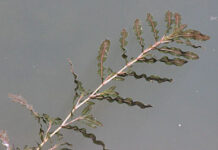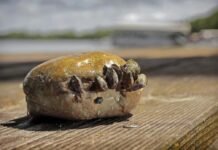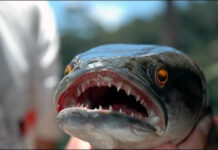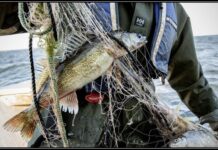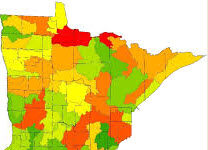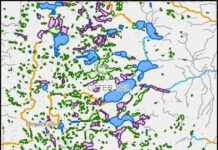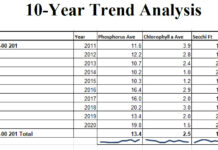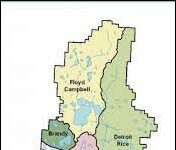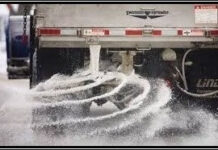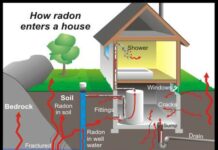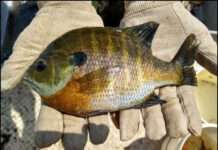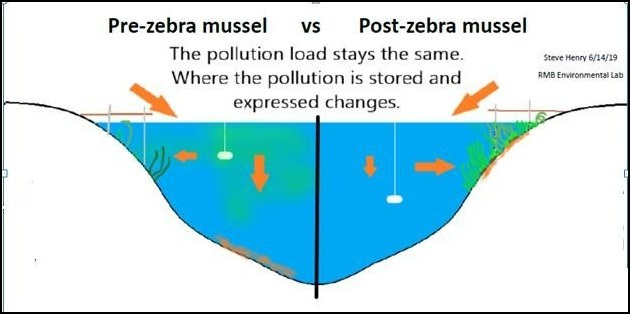Water Quality Distorted by Zebra Mussels
Recent studies have confirmed that if your lake has zebra mussels you cannot compare your past water quality samples to current water quality samples (2011 Higgins, Vander Zanden, etal.). By filtering all the lake water weekly zebra mussels consume the algae and pollutants that used to be found in the middle of the lake and deposit it as pseudo-feces in the shallow waters where they live. Water samples taken from the middle of the lake can show dramatic declines in algae levels and increased secchi depths but these are “false positives” simply a reflection of how much pollution is being diverted to the shallows. Water sampling in zebra mussel infested waters, especially for total phosphorous, is still useful in detecting post infestation changes, environmental impacts such as bigger rain events, and water quality trends. Several zebra mussel infested lakes in RMB’s Lakes Program have developed proven trends of decreasing secchi depth, increasing nutrient levels, and decreasing water quality several years after infestation.
Scientists describe the effects of zebra mussels on pollution distribution and expression as the “nearshore shunt” and note that it causes “the nearshore zones of the lake (to) exhibit evidence of eutrophication, including some very negative symptoms previously associated with serious excess nutrient loading” (Hecky etal, 2004). A common assumption is that increased light is the factor in this decline in recreational quality, but when the rocks in one foot of water get covered in green slime that isn’t due to an increase in light. The first negative consequence of nutrient enrichment in the shallow water is the growth of a rooted green slime known as Cladophora which feeds on the nutrients in zebra mussel deposits. Next is dense weed growth and the development of a mucky lake bottom. The final stage is the water turning murky which doesn’t happen until after the shallows get mucky and weedy. After zebra mussel infestation lake aging, eutrophication, doesn’t start with murky water and end with slime instead it starts with slime and ends with murky water.
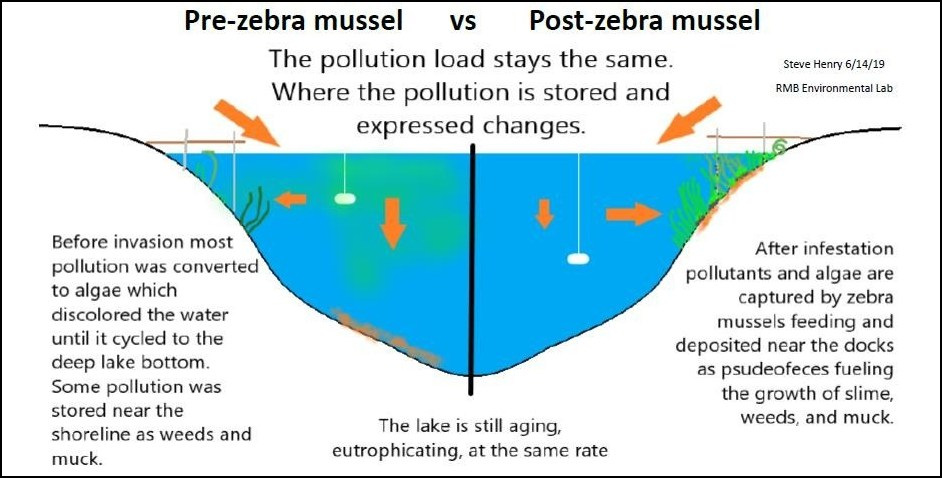
RMB Environmental Laboratories is proud to be your partner in lake preservation. We are always striving to ensure lake advocates have the best possible understanding of lake aging and preservation. We thank all the lake associations and sampling volunteers for their efforts, without you we would never get the big picture of Minnesota’s lakes. As new ideas for lake monitoring and management develop we will keep you informed.
Steve Henry Freshwater Sciences Project Manager [email protected]

